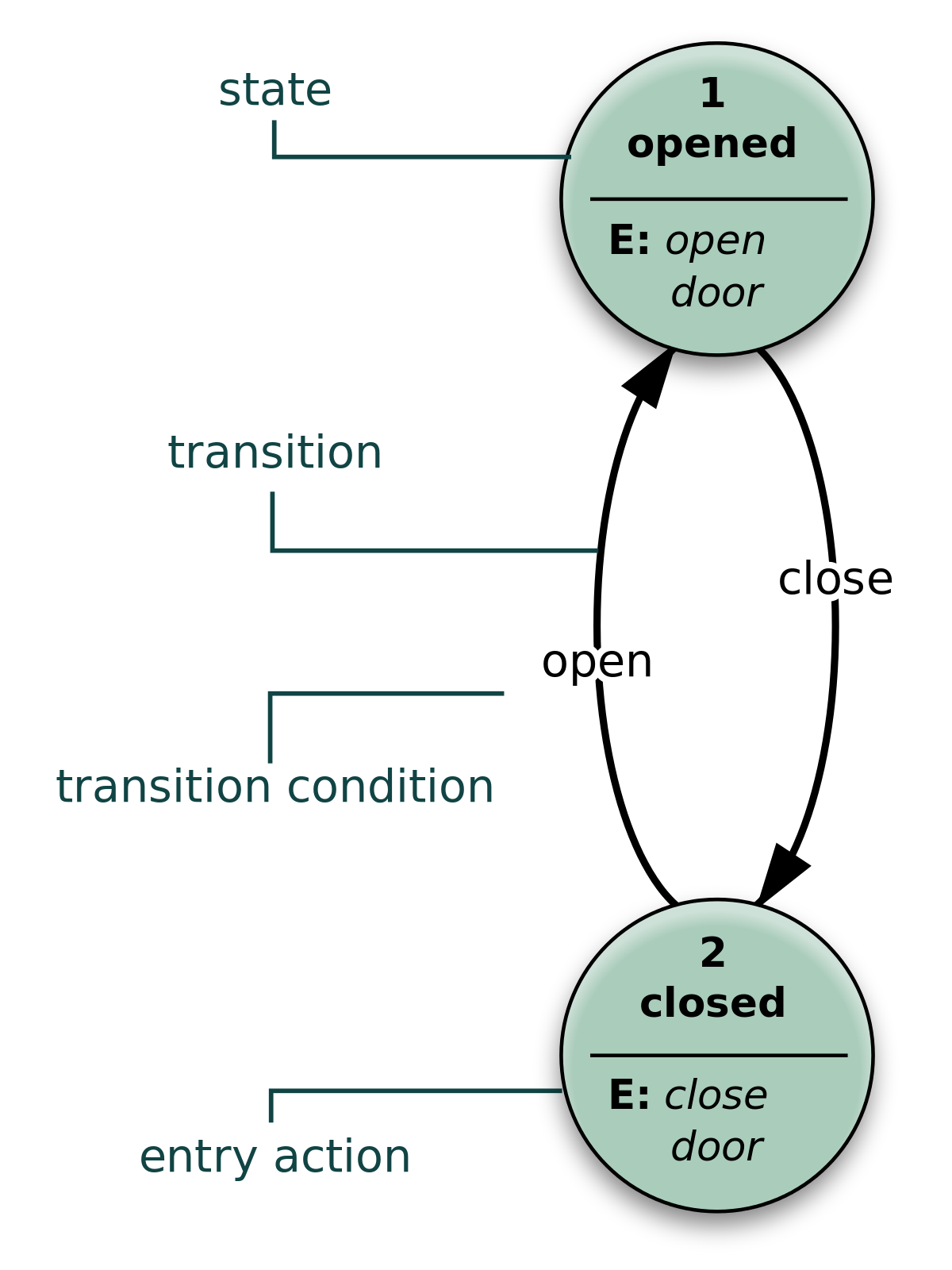

There are three key concepts in RAID: mirroring, in which data is written simultaneously to two separate drives striping, in which data is split evenly across two or more drives and parity, in which raw binary data is passed through an operation to calculate a binary result, or parity block, used for redundancy and error correction.

As with conventional HDD-based RAID, data can be divided at the block level and distributed across multiple SSDs in a variety of ways. Storage systems in general have moved on from applying RAID at the whole-drive level, and redundancy is now applied to data at a finer granularity. SSD RAID is primarily used to protect against data loss in the event of a drive failure. Technology vendors have since extended the concept of RAID to servers and storage systems that use higher performance NAND flash-based SSDs. The primary purposes for RAID were to improve performance and provide fault tolerance. The phrase redundant array of inexpensive disks ( RAID) - later changed to redundant array of independent disks - emerged in the late 1980s, when mechanical hard disk drives ( HDDs) were the primary storage media. SSD RAID (solid-state drive RAID) is a methodology commonly used to protect data by distributing redundant data blocks across multiple SSDs.


 0 kommentar(er)
0 kommentar(er)
